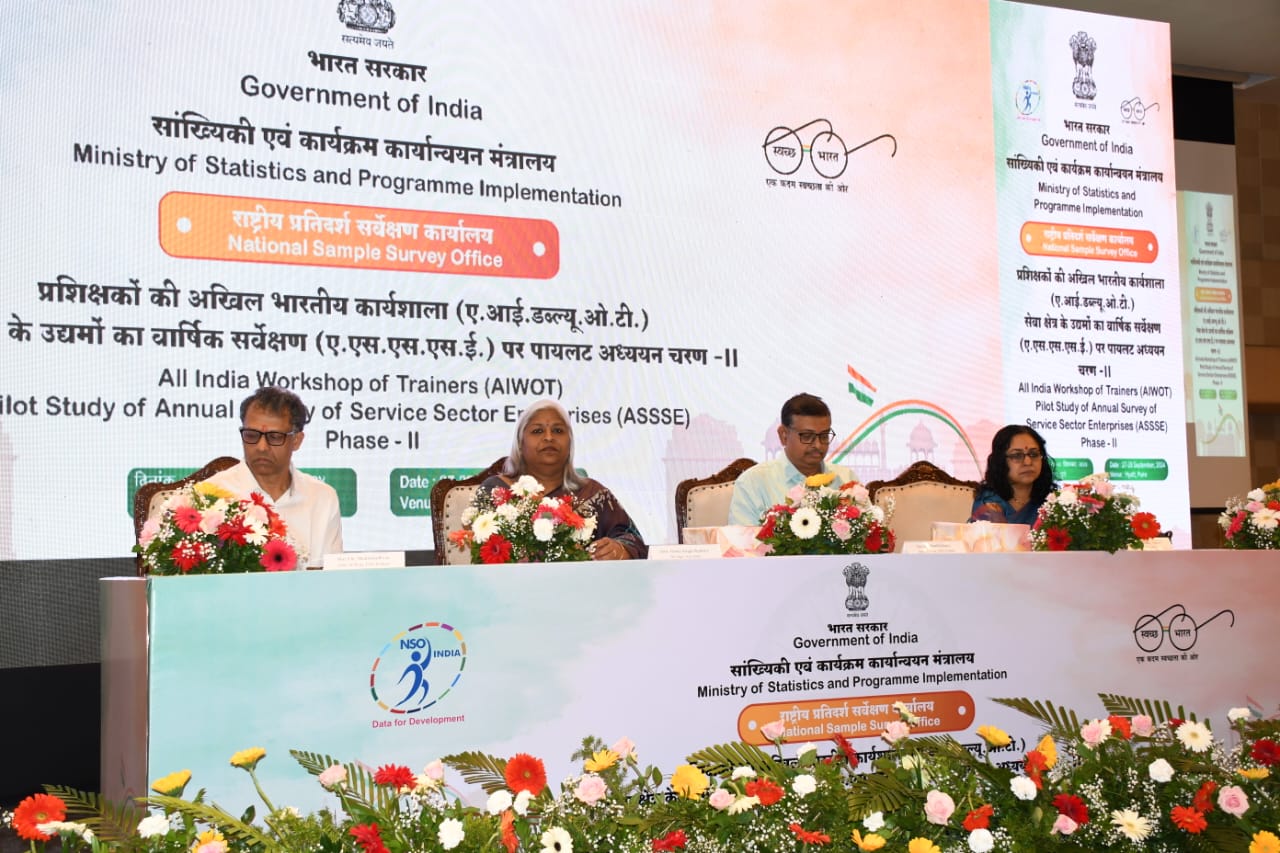- Courses
- GS Full Course 1 Year
- GS Full Course 2 Year
- GS Full Course 3 Year
- GS Full Course Till Selection
- CSAT
- 5 LAYERED ARJUNA Mentorship
- Public Administration Optional
- Online Program
- GS Recorded Course
- NCERT (Recorded 500+ Hours)
- Polity Recorded Course
- Geography Recorded Course
- Economy Recorded Course
- AMAC Recorded Course
- Modern India, Post Independence & World History
- Environment Recoded Course
- Governance Recoded Course
- Science & Tech. Recoded Course
- International Relations and Internal Security Recorded Course
- Disaster Management Module Course
- Ethics Recoded Course
- Essay Recoded Course
- Current Affairs Recoded Course
- ABOUT US
- OUR TOPPERS
- TEST SERIES
- FREE STUDY MATERIAL
- VIDEOS
- CONTACT US
Programme of Action for LLDCs for the Decade 2024-2034
Programme of Action for LLDCs for the Decade 2024-2034

- The UN General Assembly has adopted the Programme of Action for Landlocked Developing Countries (LLDCs) for the Decade 2024-2034, building on the foundations laid by the Vienna Programme of Action (2014-2024) and the Almaty Programme of Action (2003).
- This new programme aims to address the unique challenges faced by LLDCs and promote their sustainable development.
Five Priority Areas for Action:
The Programme of Action identifies five key priority areas to support the sustainable growth and development of LLDCs:
- Promoting Sustainable Economic Growth
- Enhancing Regional Trade Integration:
- Improving Transport Connectivity:
- Building Climate Resilience:
- Ensuring Effective Implementation Strategies:
Key Targets for LLDCs by 2034:
To achieve the objectives of the Programme of Action, several key targets have been set:
- Boost Labour Productivity & Job Opportunities: Increase labour productivity and create job opportunities across all sectors by 50% by 2034.
- Develop Special Economic Zones: Provide support for the development of special economic zones, industrial parks, and other industrial hubs.
- Reduce Non-Tariff Barriers: Eliminate unjustified non-tariff barriers to trade and double global merchandise exports from LLDCs by 2034.
- WTO Agreement on Trade Facilitation: Effectively implement the WTO Agreement on Trade Facilitation in all LLDCs to streamline international trade processes.
- Reduce Disaster Risk: Implement the Sendai Framework for Disaster Risk Reduction (2015–2030) fully to reduce disaster risk in LLDCs.
|
About Landlocked Developing Countries (LLDCs):
|
Challenges Faced by LLDCs:
LLDCs face several significant challenges that hinder their economic and developmental progress:
- Hurdles in Trade:
- Dependence on transit countries leads to:
- Higher trade costs
- Delays in shipments
- Reduced global market competitiveness.
- Dependence on transit countries leads to:
- Slower Economic Growth:
- Limited trade and export opportunities, as well as reduced Foreign Direct Investment (FDI), slow down economic progress.
- Global merchandise exports from LLDCs accounted for just 1.1% of total global exports in 2022.
The Programme of Action for LLDCs (2024-2034) is a comprehensive framework designed to address the unique challenges faced by landlocked countries. By focusing on sustainable economic growth, trade integration, transport connectivity, climate resilience, and effective implementation, this programme aims to unlock the potential of LLDCs and drive their inclusive development. The targets set for the decade ahead are pivotal in reducing economic disparities and promoting global integration for these nations.
|
Also Read |
|
| FREE NIOS Books | |



